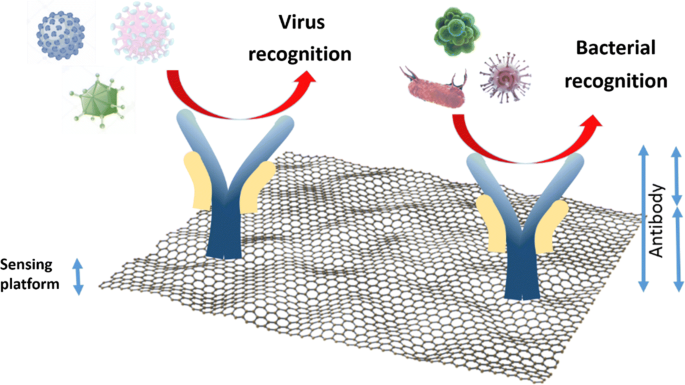Researchers develop a sprayable graphene biosensor platform for fast and low-cost chemical sensing
Scientists from Imperial College London and the University of Catania & CNR-IMM have developed a new graphene ink that can be used to detect a wide range of chemicals when layered on circuit boards printed (PCB) is commercially available as a thin film.
I. In their recent paper, the team demonstrated a new and flexible sensing platform, based on electrolyte-controlled graphene field-effect transistors, for the production of chemically sensing test strips which is easy, low cost and scalable.
Lab-on-PCB platform activated with low boiling, low surface tension graphene ink sprayable deposited on a substrate manufactured using a commercial printed circuit board process. The researchers say that the technology could pave the way for low-cost multi-sensor arrays that can be deployed in healthcare, industry and beyond.
The first printed graphene field-effect transistors from graphene ink were demonstrated in 2011 by Dr. Felice Torrisi's group, achieving extremely high mobility of electrons compared to standard printed transistors. Such properties make graphene attractive for sensing applications. As a 2D material, graphene has a large surface area that can interact with any gas or liquid it comes in contact with – allowing it to detect specific chemicals. Furthermore, it is relatively easy to modify to perceive different substances due to its unique carbon-based chemistry. "You can bind the receptors to the surface of graphene or bring the receptors close enough to stick to the surface," said Benji Fenech Salerno, PhD student in the Department of Chemistry and co-lead author of the recent paper. face, but not actually associated with it. “In both cases, this allows us to add chemical selectivity to graphene,” he said. The team demonstrated that their technology using graphene ink sprayed onto a PCB can accurately detect the pH and sodium ion concentration of an aqueous solution.

II. Future plans include extending the technology to other analytes, as well as depositing graphene ink on different surfaces.
Although graphene inks have been produced before, it is difficult to commercially synthesize them with high concentrations of graphene flakes and deposit the ink as a thin, stable layer on commercial PCB surfaces, the researchers say. commercial. In other words, they will peel off the surface on which they are deposited. This will create a source of error in any measurements taken, reducing their accuracy as chemical sensors. Dr. Felice Torrisi, a senior lecturer in the Department of Chemistry and corresponding author of the paper, also said that it was difficult for the researchers to generate a high concentration dispersion of graphene. “So far, there has been a major unresolved challenge for these inks – the amount of graphene you get per unit volume, tends to be very low compared to commercial inks,” he said. other commercial products, such as metal nanoparticles”.

III. Low concentrations of ink can cause complex problems when used in sensor technologies.
Although graphene inks have been produced before, it is difficult to commercially synthesize them with high concentrations of graphene flakes and deposit the ink as a thin, stable layer on commercial PCB surfaces, the researchers say. commercial. In other words, they will peel off the surface on which they are deposited. This will create a source of error in any measurements taken, reducing their accuracy as chemical sensors. Dr. Felice Torrisi, a senior lecturer in the Department of Chemistry and corresponding author of the paper, also said that it was difficult for the researchers to generate a high concentration dispersion of graphene. “So far, there has been a major unresolved challenge for these inks – the amount of graphene you get per unit volume, tends to be very low compared to commercial inks,” he said. other commercial products, such as metal nanoparticles”.
IV. The research team gives an example of a metabolic panel, a diagnostic test commonly ordered for patients.
"If you have a chronic illness, it's inconvenient to have to go to the clinic as often, or maybe you don't get tested as often as you'd like." Having low-cost sensors could allow users to do their own testing. Other applications such as rapid chemical detection in fields such as agriculture or industry as the technology developed by the Imperial team can give results within 60 seconds. They said. The team has now patented their technology and is exploring extending its versatility to detect other analytes. onto other surfaces, such as the surface of the skin.

